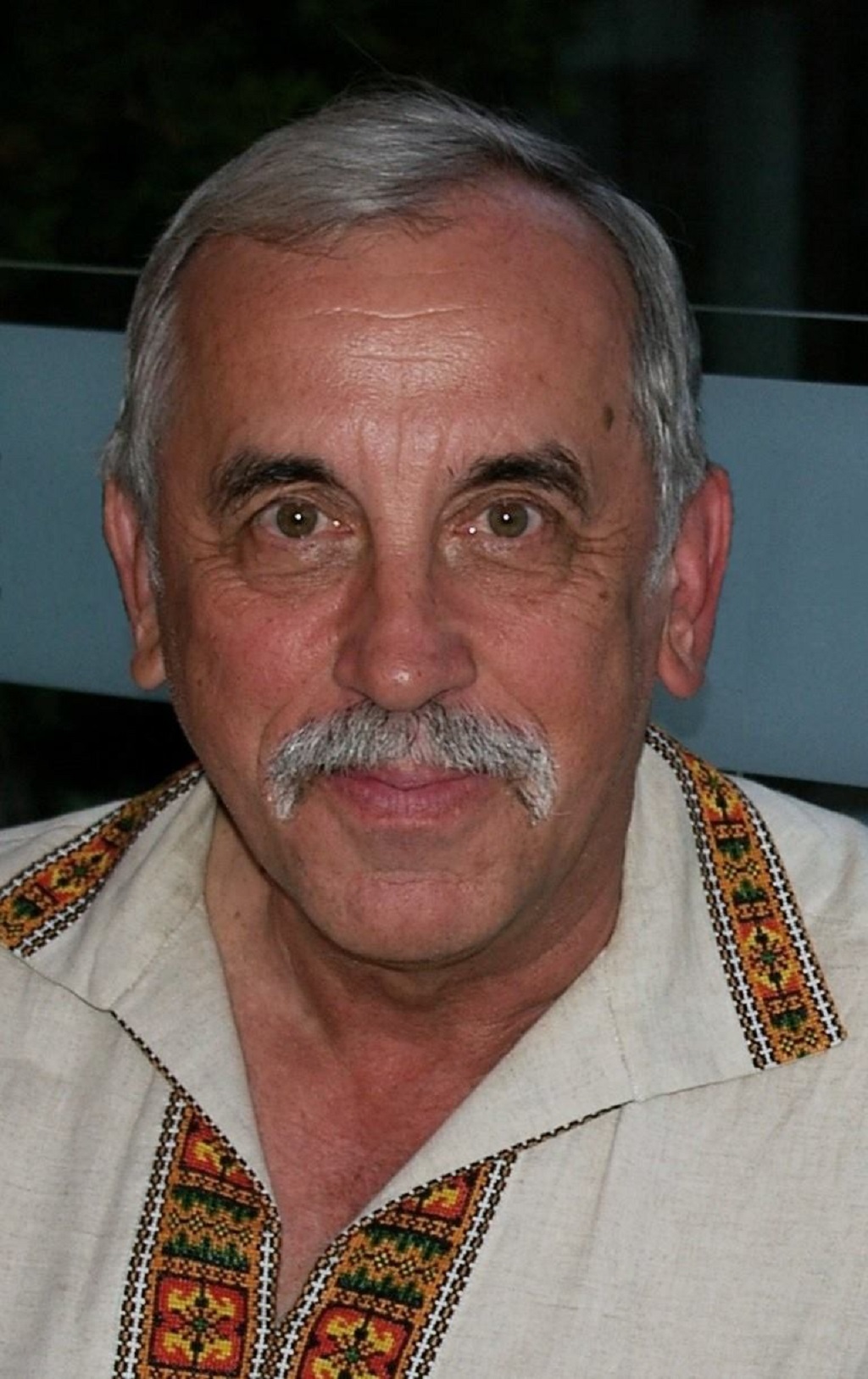Volodymyr Kish.
Like in many a Ukrainian home, there is a special corner in my house where icons occupy an honoured place. My collection of icons is a little more extensive than most, numbering eleven in all. They vary in size and quality, but all of them have a story behind them and are treasured as spiritual and cultural symbols of my Ukrainian heritage. Two of them are particularly meaningful in that they are the handiwork of my sister Odarka, a talented artist that has come to specialize in Byzantine iconography.
Icons, as my sister will tell you, are not just art, though that esthetic is certainly an essential component of what an icon is. More importantly, they are a gateway into the spiritual world and each has an important biblical story to tell. That is why the people that create icons insist that they do not “paint” icons, they “write” them. It is the “message” that they convey that is most important.
Unlike most other art, icon artists do not strive to create realistic depictions of the individuals or landscapes in the icon. There are no shadows, no depth of field and no fine details. In most non-religious art created since the Renaissance, it has become important to insure perspective and create a depth of field effect with a “vanishing point” seemingly behind the main subject of the painting. In icons, this is reversed, with the “vanishing point” being, in effect in the eye of the beholder.
The individuals being depicted in the icon are typically facing the viewer directly, with certain features exaggerated, usually with smaller mouths, and larger eyes and ears than normal. It seems that the main figures in the icon are looking directly at you and a form of communion is in essence created between the viewer and the spiritual world represented by the icon’s subjects.
Icons have been “written” in Ukraine for over a thousand years, since the earliest days of when Christianity first arrived. In an era when most people were illiterate, they were used as a graphic and powerful form of communication, conveying the essence of key events depicted in the Bible, and the relevance they had to leading a good Christian life.
The earliest icons were created using what is called the “encaustic” technique, wherein the paints were made by mixing earth-based pigments with melted beeswax, then applying them to a wooden board surface. Eventually this was replaced by the egg tempera method, wherein those same earth-based pigments are mixed with egg yolks and a little water or vinegar, and then brushed onto specially prepared wooden boards. This is still the predominant form used today, though many contemporary icon writers have switched to using more easily handled acrylic paints.
Whatever the method used, the complete process of writing an icon is quite complicated and time consuming. It starts with the proper preparation of the base of the icon. Not just any wood will do. The preferred varieties are poplar, walnut, linden or oak. Spruce or pine are shunned. Particular attention is paid to the grain of the wood, as over time almost all wood will dry, shrink and warp, so one must cut the wood and align the grain so as to minimize the effect of future warping. The wood is finely sanded to create as smooth a surface as possible. A fine, tight weaved linen or cotton cloth is then glued to the surface of the wood and multiple layers of gesso is applied, each layer being allowed to dry and then sanded smooth. Gesso is ground gypsum (calcium sulphate) mixed with some form of gelatin.
Next, an outline of the image is made on tracing paper, a sheet of carbon paper is placed between the tracing paper and the prepared board and the image transferred to the board with a stylus. The paint is then applied to the board, starting with the backgrounds and larger colour blocks on the image, with the darker colours being applied first.
Gilding, or the application of gold leaf is an essential feature of most icons. This is used primarily to create halos around the heads of the saintly subjects of the icon, or parts of the background. Bole, a mixture of ground clay and animal-based glue, is first applied to the surface area to be gilded and allowed to partially dry. Thin gold leaf is then cut to shape and applied overtop of the bole and brushed into place. Once all the leaf has been applied and trimmed, it is polished with cotton balls. Once all painting and gilding has been completed, the icon is varnished, usually with a linseed oil varnish.
Writing icons is a very demanding skill and art form, and as my sister and virtually all icon masters will tell you, requires a proper spiritual frame of mind. It involves a great deal of dedication and focus. It typically will take an icon writer many weeks if not months to complete an icon. And though iconography requires adherence to very strict rules and traditions, it is remarkable how the creative individuality of each icon writer shines through in their icons. They are indeed Ukrainian treasures to be cherished.
Share on Social Media




































